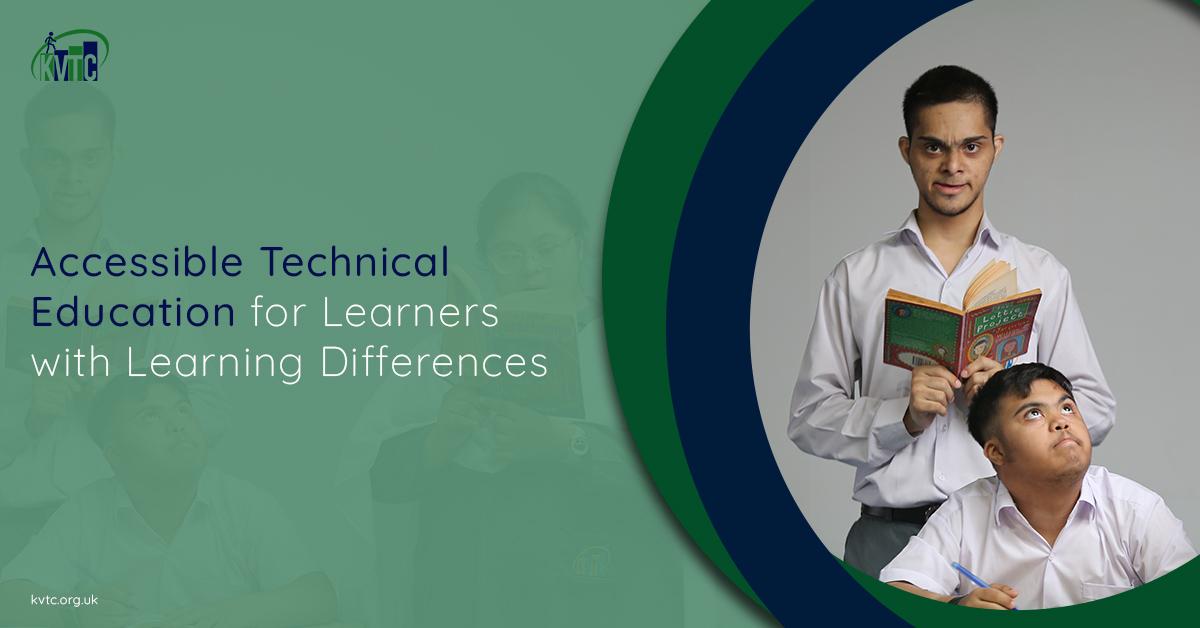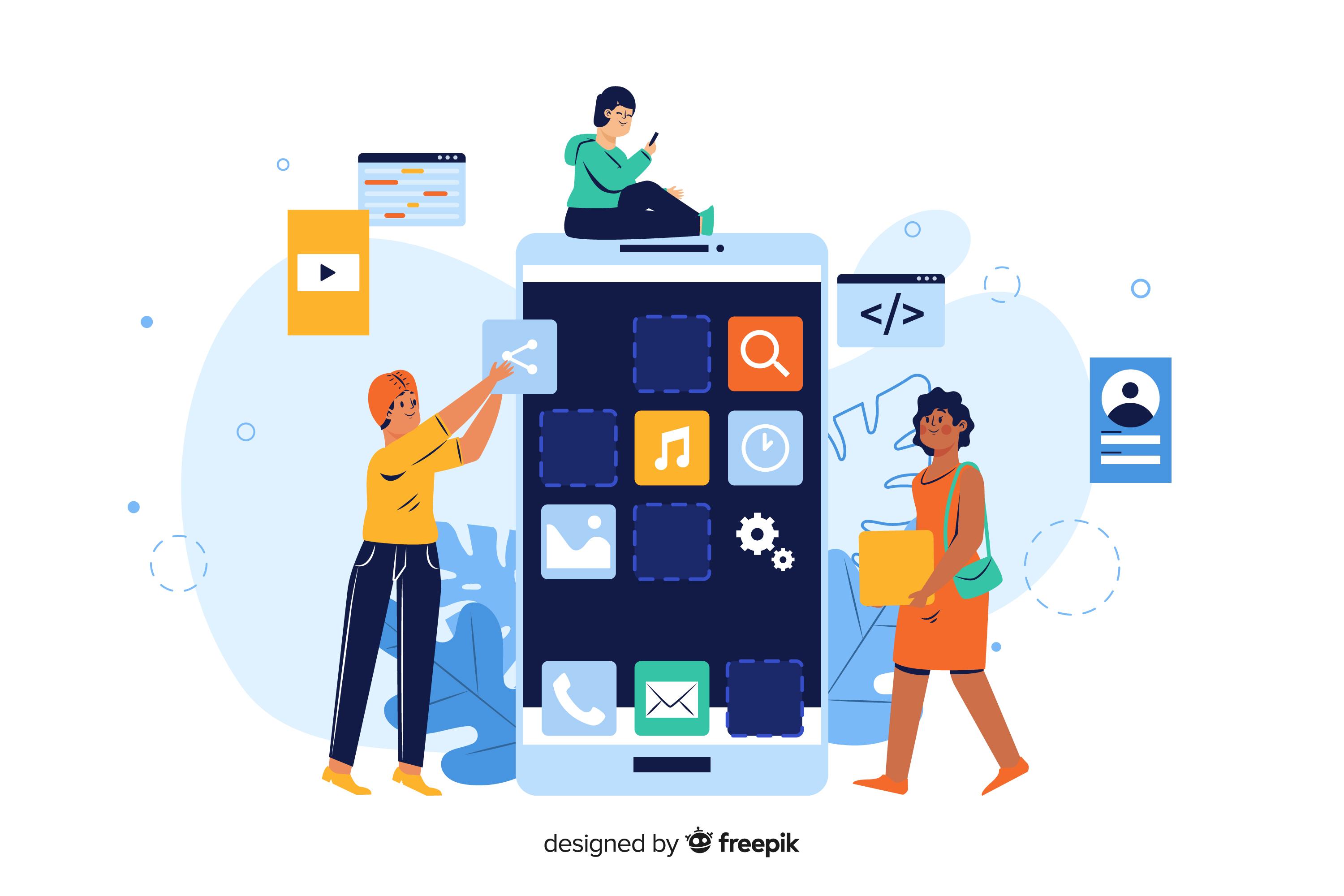Accessible Technical Education for Learners with Learning Differences: Bridging Gaps, Building Futures

In today’s fast-evolving world, technical education is not a luxury—it’s a necessity. Skills in fields like information technology, electronics, graphic design, and engineering are no longer reserved for a select few. They are gateways to opportunity, economic independence, and self-worth. Yet, for many students with learning differences, these doors remain closed.
Traditional educational systems often overlook neurodiversity. Classrooms are structured in ways that cater to one kind of learner—the one who can sit still, memorize, and perform under time pressure. For learners who process information differently, this rigidity can feel like a constant roadblock.
However, institutions like the Karachi Vocational Training Centre (KVTC) are shifting the narrative. By prioritizing accessibility and inclusivity in technical education, KVTC is creating pathways where every learner, regardless of ability, can thrive, compete, and contribute meaningfully to society.
Why Accessible Technical Education Matters
Technical education is a powerful tool. It not only imparts job-ready skills but also promotes problem-solving, creativity, and innovation—traits that many learners with learning differences possess in abundance.
Yet, for many such students, the journey through education is often filled with:
-
Inaccessible curriculum design
-
Standardized assessments that fail to reflect their potential
-
Limited support services
-
Negative stereotypes or low expectations
As a result, many bright, capable students are either left behind or pushed out of traditional academic settings altogether. Without proper interventions, these students risk becoming underemployed or entirely excluded from the workforce.
The Role of Accessibility
Accessible education is not just about physical access to classrooms. It’s about removing learning barriers. It includes:
-
Flexible teaching methods tailored to different learning styles
-
Alternative assessments to measure actual understanding, not just memory
-
Assistive technologies, like text-to-speech tools or visual aids
-
Inclusive communication, where instructions are clear, simplified, and supported by visuals or repetition
When technical education is designed with these principles in mind, students with learning differences are not only included—they thrive.
Understanding Learning Differences
Learning differences is a broad term that encompasses a range of cognitive and neurological conditions that affect how people absorb, process, and express information. These include:
-
Dyslexia (difficulty with reading)
-
Dyscalculia (difficulty with math)
-
Dysgraphia (difficulty with writing)
-
ADHD (difficulty with focus and executive function)
-
Autism Spectrum Disorder (difficulty with social interaction and flexible thinking)
Many of these learners possess strong visual-spatial skills, excellent memory, or creative thinking—qualities that can be assets in technical fields like:
-
Graphic design
-
Coding and software development
-
Mechanical engineering
-
Digital fabrication
-
Web development
-
Architecture and CAD
All they need is a system that sees their potential instead of their challenges.
How KVTC Is Leading the Way
The Karachi Vocational Training Centre (KVTC) has been a pioneer in creating inclusive education systems for students with intellectual and physical challenges. One of its most impactful areas of work is in accessible technical education.
Key Features of KVTC’s Accessible Programs:
-
Customized Learning Paths
KVTC adapts its technical curriculum to suit individual learning styles. Whether a student is a visual learner or needs hands-on experiences to understand concepts, the programs are tailored accordingly.
-
Use of Assistive Technology
From screen readers and voice recognition tools to visual diagrams and interactive simulations, KVTC integrates technology that levels the playing field for students with cognitive and sensory differences.
-
Trained Instructors and Support Staff
Teachers and trainers at KVTC receive ongoing training to understand learning differences and implement inclusive teaching strategies. The focus is on patience, empathy, and communication.
-
Practical Skill Development
Technical education at KVTC is not limited to theory. Students engage in real-life projects, internships, and workshops that build confidence and prepare them for the workforce.
-
Holistic Development
In addition to technical training, KVTC promotes soft skills like communication, teamwork, and time management—skills that are often neglected but crucial for workplace success.
-
Career Placement Support
The center actively connects its graduates to inclusive employers who value diversity. This bridge between education and employment is what makes KVTC’s model truly effective.
Student Success Stories: Turning Challenges into Strengths
Consider Ali, a young man with dyslexia who struggled in mainstream school due to poor reading and writing scores. However, at KVTC, he discovered his passion for digital art and graphic design. With access to visual learning tools and patient mentorship, Ali learned Adobe Photoshop and Illustrator. Today, he works as a junior designer at a creative agency and has even launched a small freelance business.
Or take Sana, a student with autism who found verbal communication overwhelming. But she excelled in computer coding, where logic and structure helped her feel grounded. Through KVTC’s tech program, Sana completed a basic web development course and now works on creating websites for small local businesses.
These stories show what’s possible when education is designed for inclusion, not exclusion.
Wider Impact: Building a More Inclusive Workforce
The long-term impact of accessible technical education extends beyond the classroom:
-
Higher Employment Rates: Individuals with learning differences who receive proper training are more likely to find meaningful employment.
-
Economic Independence: Skills in tech and design enable learners to become freelancers, entrepreneurs, or salaried professionals.
-
Workplace Diversity: Employers benefit from hiring neurodiverse talent, who often bring out-of-the-box thinking and reliability.
-
Social Change: Inclusive education challenges public misconceptions and reduces stigma associated with learning differences.
In a city like Karachi—where youth unemployment and lack of vocational training are pressing issues—programs like KVTC’s offer a practical solution to multiple social challenges at once.
What Needs to Happen Next
While KVTC is setting a remarkable example, systemic change requires broader support. Here’s what other stakeholders can do:
1. Policy Makers:
-
Mandate inclusive education policies in vocational institutions.
-
Provide funding and grants for assistive technologies.
2. Schools and Colleges:
-
Build partnerships with centers like KVTC to identify and support students early.
-
Integrate flexible teaching models in technical subjects.
3. Employers:
-
Create internship and apprenticeship programs that are accessible to all.
-
Train HR departments to support neurodiverse employees.
4. Civil Society:
-
Run awareness campaigns to reduce stigma and promote understanding of learning differences.
-
Offer community support programs and workshops for families.
Conclusion: Inclusion Is Innovation
Accessible technical education isn’t just about helping a marginalized group—it’s about redefining what education and innovation truly mean. When learners of all types are included, supported, and empowered, society becomes more creative, more empathetic, and more productive.
Thanks to organizations like KVTC, learners with learning differences in Karachi are no longer on the margins. They are entering classrooms, workplaces, and society with their heads held high and skills ready to shine.
The future is inclusive. The future is technical. And every learner deserves a chance to be part of it.







